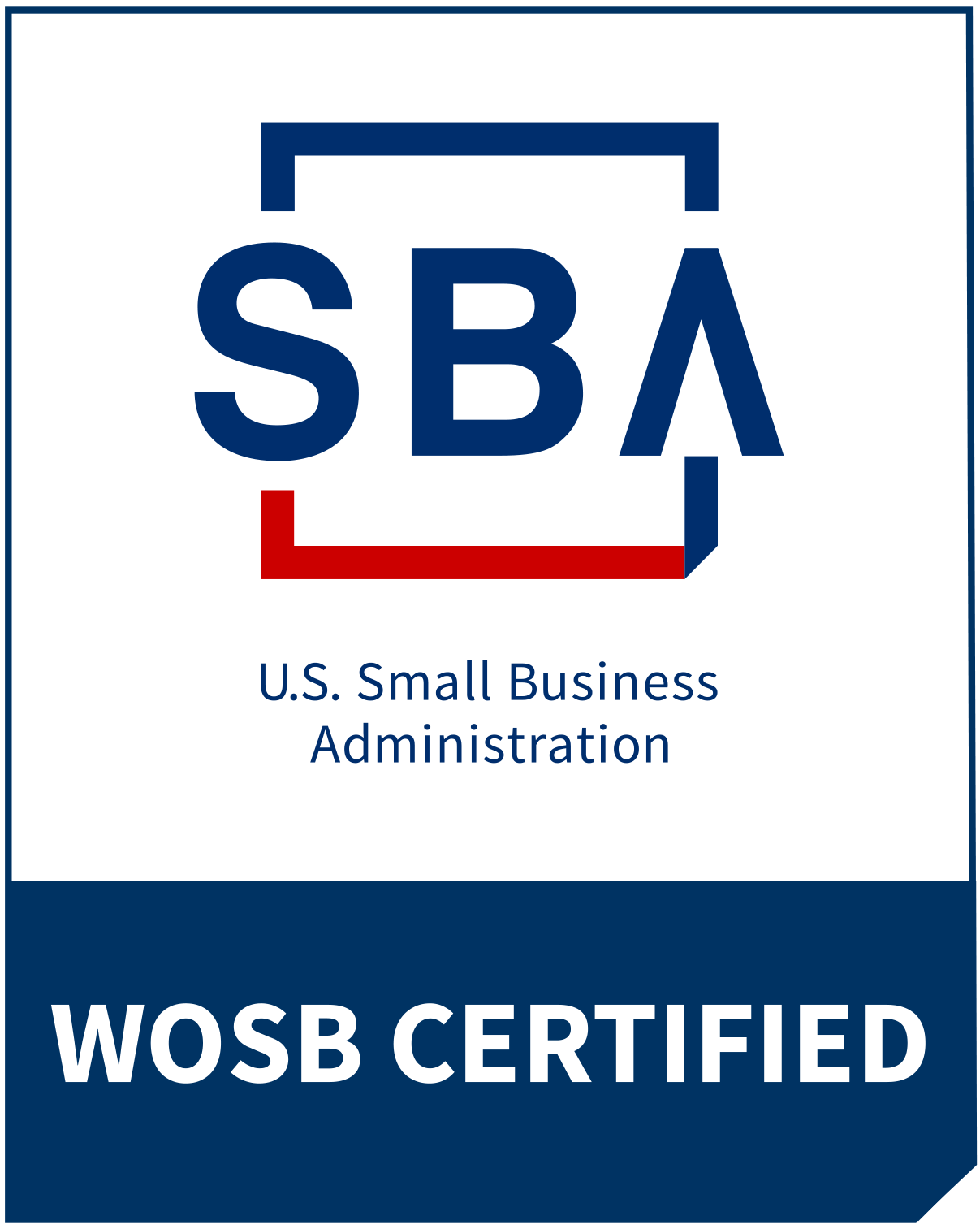Strategic Automation Drives 7-Figure Success
- admin
- 0 Comments
- February 22, 2024
Strategic Automation Drives 7-Figure Success
Running a small business or being an entrepreneur often means wearing many hats and handling numerous tasks yourself. From sales and marketing to operations and finance, there’s a lot on your plate. With so much to do, it’s tempting to want to automate as many business processes as possible. However, determining what should stay manual versus what should become automated is an art that takes thoughtfulness to get right.
What does it mean to automate something? Automation refers to having technology, software, or other tools handle repetitive tasks instead of people. For example, sending automatic receipts when a customer purchases instead of manually emailing each one.
Why does finding the right automation balance matter? Getting this balance right is crucial for small business success for several reasons:
1. It allows you to focus your limited time on the projects with the most significant impact and that play to your strengths. Strategically automating frees up mental bandwidth for the work only you can do best.
2. Manual processes that become automated improve both efficiency and accuracy. Data entry errors decrease while speed increases.
3. Scalability becomes easier when tasks are automated. As your business grows, automation grows with it more seamlessly than manual processes might.
Signs You Have the Wrong Balance
How do you know if your business needs rebalancing with additional automation? Here are some common indicators:
Employees seem constantly overloaded while also being bored by repetitive tasks. This signals areas ripe for automation.
Bottlenecks happen in the same places over and over, slowing everything down. These bottlenecks likely indicate manual processes that automation could improve.
As the business expands, continually hiring more staff just to manage administrative tasks feels frustrating and costly. Automating some processes could fill capacity gaps instead.
Customers express annoyance at long response times or inconsistencies they encounter. Better automation around customer touchpoints could increase satisfaction.
Steps for Finding the Right Balance
If any of those issues sound familiar, it may be time for a thoughtful automation assessment. Here is a step-by-step way to approach balancing automation with manual processes:
1. Create high-level documentation for the systems and processes that feel inefficient or frustrating. Look for patterns around what causes hiccups.
2. Research automation tools that could eliminate bottlenecks in those problematic areas, considering integration capabilities and ease of use.
3. Start small, only automating one or two processes first in a test, making sure the tools deliver projected benefits.
4. Develop an automation rollout plan over 12-18 months, starting with repetitive tasks burdening employees or areas where scaling presents challenges. Consider future automation as growth dictates.
5. Continuously reassess results to ensure automation projects continue improving operations. Make adaptations where automation falls short by reintroducing selective manual oversight. Not everything will automate perfectly.
Examples Where Balance Improves Results
Finding the mix of automated versus manual processes that works requires learning through experience over time. However, here are two examples to showcase the power of achieving balance:
1. A 2019 McKinsey study found combining automated decision-making with human oversight improved lending decisions by 25 percent. Why? Automation provided fast analysis of data patterns while human judgment added nuanced qualitative insights the tech lacked, together approving better loans.
2. An industry survey revealed that 72 percent of customers expressed satisfaction with chatbots solving basic requests but preferred escalating to human agents for more complex issues. Chatbots maintained 24/7 instant service while agents handled relationship-building interactions.
Overcoming Obstacles
Yes, strategically adding automation takes concerted effort upfront. Leaders who tackle the work of finding the right automation balance head-on say the long-term productivity dividends make it worthwhile. Still, some common obstacles arise:
Initial software costs can feel steep, especially for cash-strapped startups. Focus first on the areas creating the biggest bottlenecks to have the most impact. Sometimes spreadsheet formulas or email filters provide enough basic automation without expensive tools.
Integrating new technologies with existing systems takes strategic planning and, occasionally, custom coding. Set realistic timelines and access developer talent if available.
Adoption reluctance from staff presents a change management hurdle. Combat inertia and skepticism by clearly communicating reasons for automation and listening to concerns transparently. Involve influencers, train thoroughly in new processes, and highlight efficiency gains as they unfold.
The Bottom Line
Mastering when to double down on human capital versus when to leverage automation separates purpose-driven firms positioned for growth from those stagnating under status quo inefficiencies. The effort aligns with elevating employees into more meaningful work while systematizing operations for scale and profit. When balanced thoughtfully over time, companies can create leverage points that transform performance. What bottlenecks persist in your business that adding a touch of automation could start eliminating today?
Is Your Business Growing But You Feel Like It’s Falling Apart?
Feeling the strain of business growth? You're not alone. Many successful businesses face these challenges. It's often the little things that cause big headaches. Suddenly, your tried-and-true methods don't work anymore, profits shrink, customers are complaining, and you're constantly firefighting.
The key lies in fine-tuning your systems to support your growth. My 3S Profit Optimizer framework helps to secure more clients, streamline operations, and supercharge scalability. I've helped numerous businesses overcome these hurdles, and I'd love to see how I can help you succeed.
Let’s minimize the growing pains and prevent them from reflecting poorly on your business. To learn how to have more freedom, more control, and more opportunities to earn income take action now and click below.
Related Posts

Productivity Power Moves for 7-Figure Businesses




